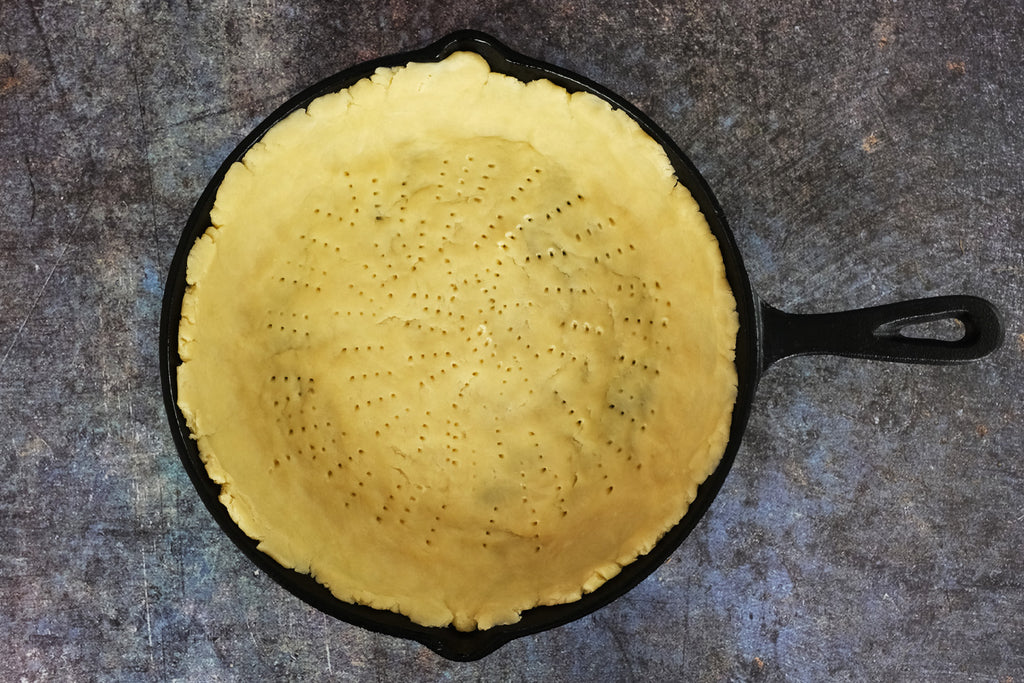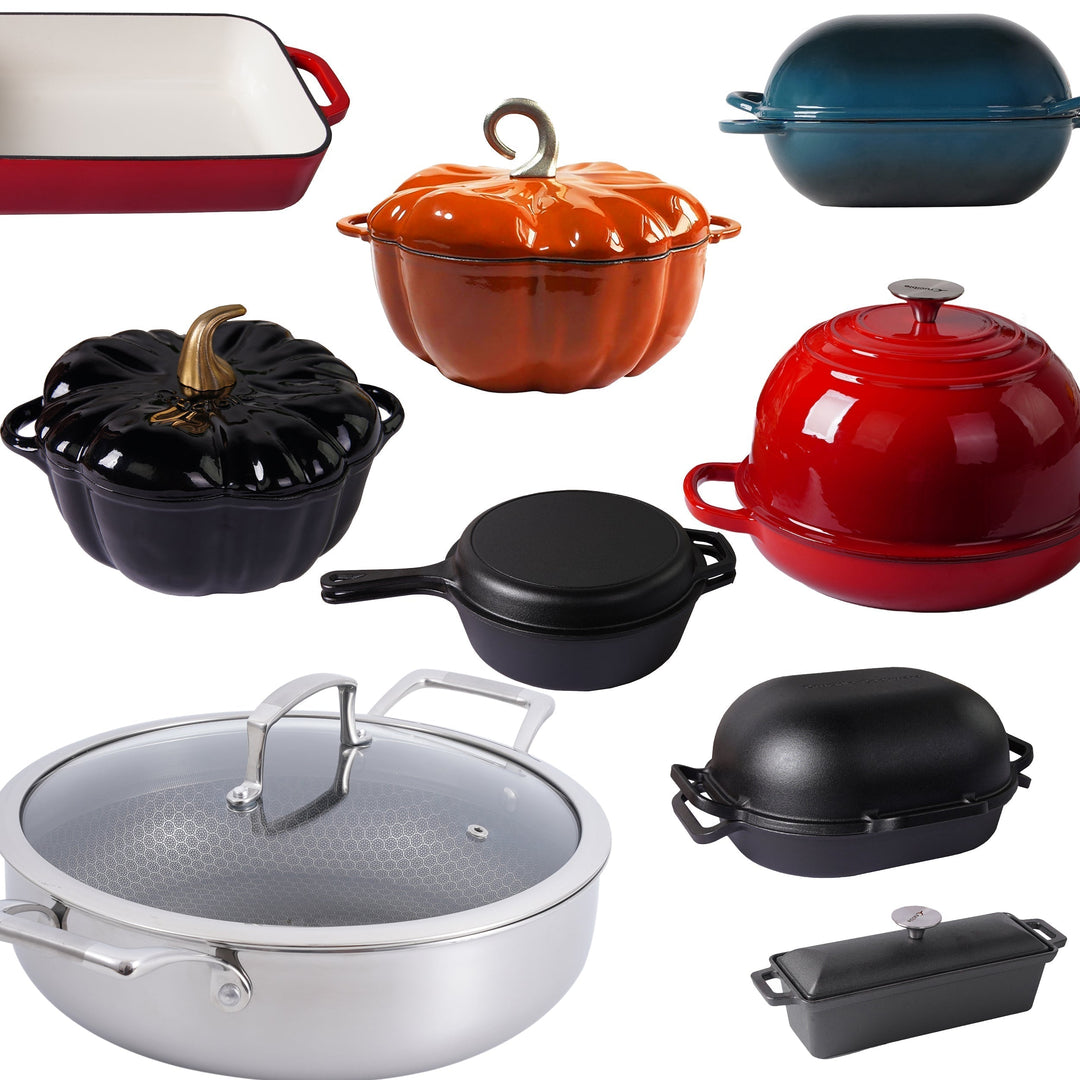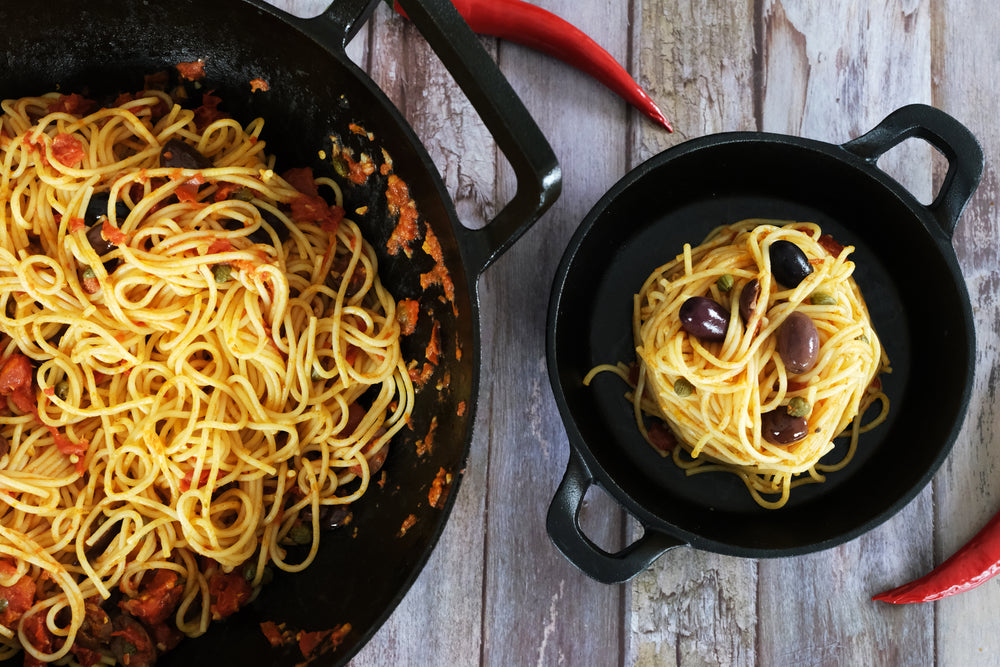Овладение искусством приготовления коржа для пирога: важность прокалывания теста для идеального результата

Откройте секрет идеальных коржей для пирогов каждый раз. В мире выпечки пирогов одна простая техника выделяется как настоящая находка: прокалывание теста. Присоединяйтесь к нам, чтобы узнать, почему прокалывание теста так важно для достижения желанной золотисто-коричневой корочки, которая одновременно слоистая и красиво ровная.
Прокалывание теста для коржа, также известное как docking, выполняет несколько функций:
-
Предотвращение воздушных пузырей: При выпечке коржа могут образовываться воздушные пузыри под поверхностью, из-за чего корж вздувается неравномерно. Прокалывание теста вилкой создаёт маленькие отверстия, через которые пар выходит во время выпечки, предотвращая образование пузырей и сохраняя корж ровным.
-
Равномерная выпечка: Прокалывание теста помогает обеспечить равномерную выпечку коржа. Создавая маленькие отверстия, тепло проникает в тесто более равномерно, что приводит к однородно пропечённому коржу.
-
Предотвращение усадки: Прокалывание теста также помогает предотвратить чрезмерную усадку коржа во время выпечки. Усадка может происходить из-за сокращения глютена в тесте при выпекании. Прокалывая тесто, вы создаёте слабые места, которые позволяют тесту равномернее расширяться и сжиматься, уменьшая вероятность значительной усадки.
В целом, прокалывание теста для коржа перед выпечкой — это простой, но эффективный способ обеспечить ровный и равномерно пропечённый корж для вашего пирога или тарталетки.















Оставить комментарий